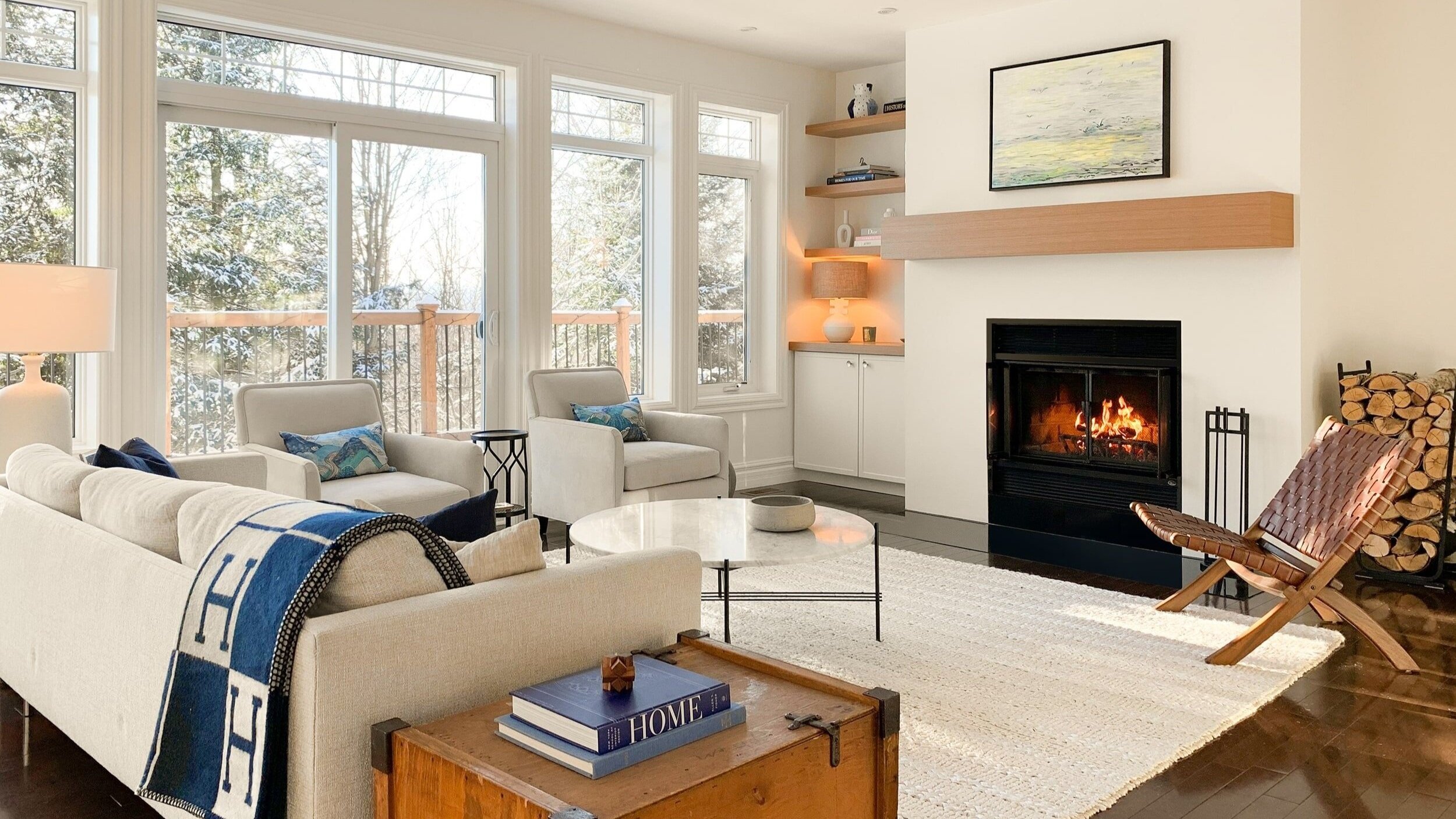In the architecture of generational wealth, not all assets are built to perform the same.
Some grow. Some hedge. Some preserve.
But a rare few can do all three.
Iconic, luxury single-family leisure assets exhibit near-zero correlation to core CRE cycles or macroeconomic trends. Anchored by alternative value drivers, they perform independently — and often outperform — across market cycles.
Traditional CRE is driven by:
Luxury SFL is driven by:
Global concentration of wealth among HNW/UHNW individuals
Scarcity in irreplaceable leisure markets
Growing demand for assets with experiential value
This asset class' exceptional resilience stems from the unique buyer and consumer demographics that drive it.
Luxury vacation homes are only accessible for purchase to ultra-high-net-worth (UHNW) individuals—the top 0.1% of the world’s wealthiest people—and accessible for rent to the affluent traveller demographic.
One of the only things that slows down luxury spending patterns during an economic downturn isn’t a lack of wealth—it’s social perception.
In challenging economic times, there can be a stigma around spending lavishly when others are struggling.
But once that stigma fades, luxury spending tends to bounce back at an accelerated rate, driven by the perception of scarcity, which only strengthens demand.
This cycle isn’t new, it’s a well-documented phenomenon.
It’s why Bernard Arnault, CEO of LVMH (Louis Vuitton, Dior, etc.), saw his company’s value nearly double in 2021. As soon as luxury spending became “acceptable” again post-pandemic, demand skyrocketed.
The same pattern holds in luxury SFL markets, where buyers, sellers, and affluent travellers operate largely independent of macroeconomic pressures, and are the first to rebound after economic uncertainty.



